“Sit up straight!” How many times have you heard that and wished it were that simple?
If you’re dealing with scoliosis, you know better: good posture isn’t just about looking confident — it’s about managing your spine’s health and feeling powerful in your own body.
The good news? You don’t have to surrender to bad posture. With the right targeted Scoliose exercises, you can instantly feel more upright, energized, and self-assured. Let’s dive into the top 3 scoliosis exercises that not only boost your posture but also spark a surge in your confidence — every single day.
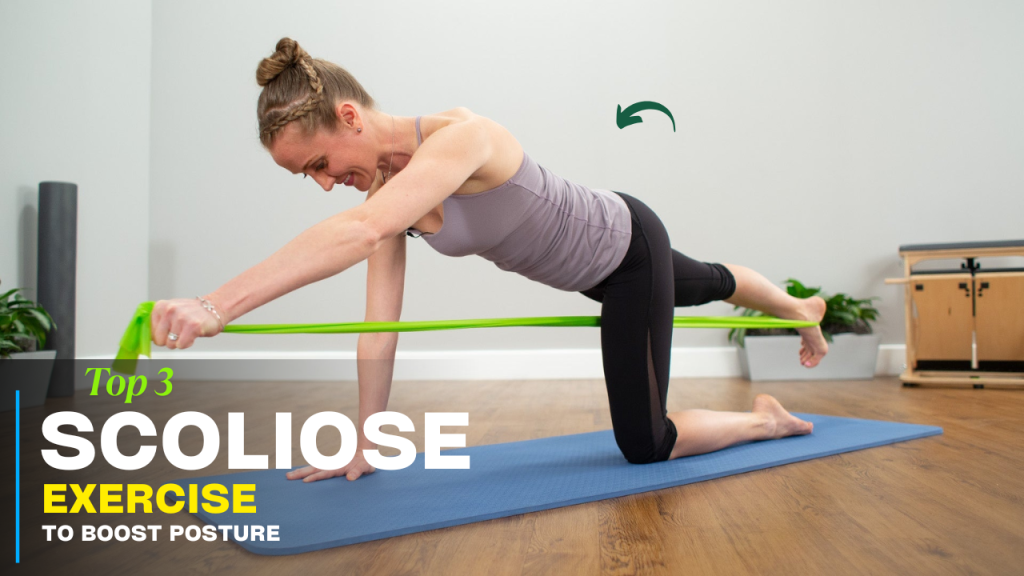
Perks of Doing Scoliosis Exercises:
- Instantly improves posture, making you look taller and more confident.
- Strengthens core muscles, giving better spinal support.
- Reduces back and hip pain by balancing muscle tension.
- Increases flexibility and mobility in the spine and shoulders.
- Boosts energy levels, as better posture means better breathing and circulation.
- Enhances body awareness, helping you move more efficiently throughout the day.
- Helps prevent scoliosis progression with regular, targeted strengthening.
- Promotes symmetry in the body, correcting muscle imbalances caused by spinal curvature.
- Elevates mood and confidence through the mind-body connection.
- Can be done at home with little to no equipment — super convenient!
Do’s and Don’ts for Effective Scoliosis Exercises
| Do’s | Don’ts |
|---|---|
| Do perform each exercise slowly and controlled to avoid injury. | Don’t rush through the movements. |
| Do focus on your form and alignment during every rep. | Don’t arch your back excessively during any exercise. |
| Do listen to your body and take breaks if you feel discomfort. | Don’t push through pain — stop if it feels wrong. |
| Do stay consistent with your exercises for optimal results. | Don’t skip stretches after workouts. |
| Do incorporate breathing exercises to improve posture. | Don’t overexert yourself during the exercises. |
| Do consult a healthcare professional if you experience significant discomfort. | Don’t ignore persistent pain — seek advice from a specialist. |
A Quick “Did You Know?”
Did you know? Over 80% of scoliosis cases are classified as “idiopathic”, meaning they have no known cause. That’s why proactive movement is one of the best natural tools for managing it!
1. Wall Angel Exercise – Sculpt Your Posture Like an Artist
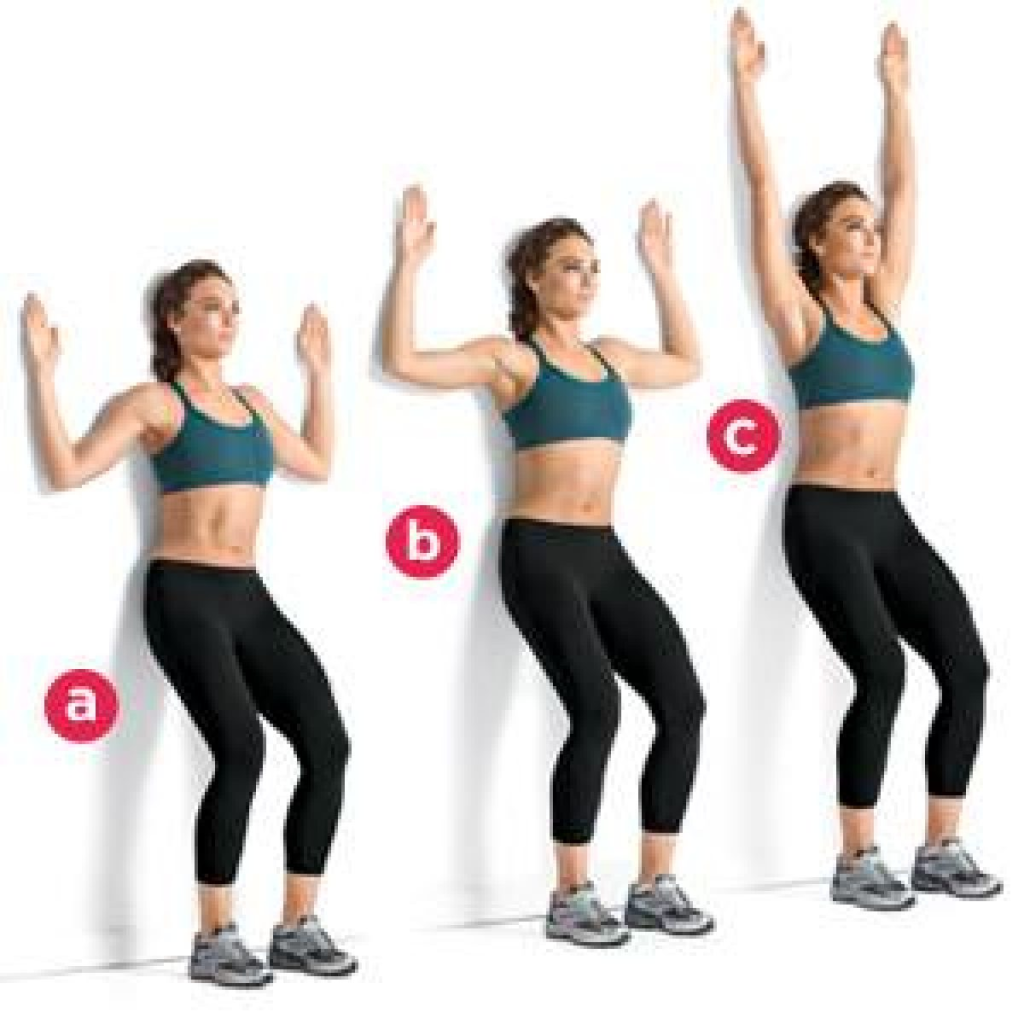
What it does:
Wall angels open up the chest, strengthen the upper back, and counteract the forward slump many people with scoliosis experience.
How to do it:
- Stand with your back against a flat wall, feet 6 inches away.
- Ensure your lower back, shoulders, and head touch the wall.
- Raise your arms to shoulder height and bend your elbows at 90 degrees (like a goalpost).
- Slowly raise your arms overhead, then return to the starting position — all while keeping contact with the wall.
Reps: 2 sets of 10–12 slow, controlled reps.
Pro Tip:
Focus on smooth movement; if your back arches away from the wall, don’t force your range. Over time, you’ll notice better mobility and less tension across your spine.
2. Bird-Dog Exercise – Strengthen Your Core Stability (Your Spine’s Best Friend)
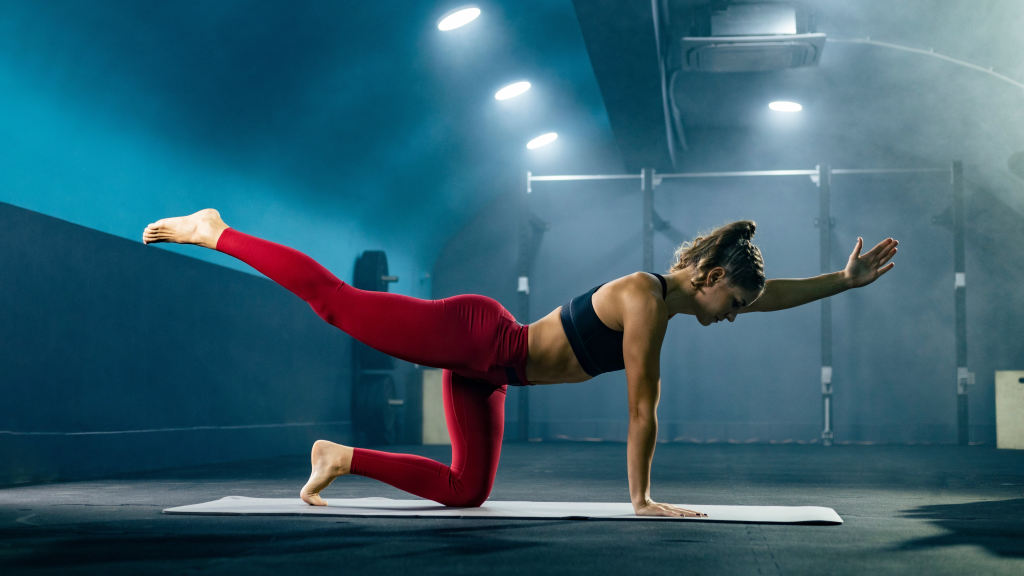
What it does:
The bird-dog move trains deep core muscles and spinal stabilizers, which are essential for managing scoliosis-related imbalances.
How to do it:
- Start on all fours: wrists under shoulders, knees under hips.
- Extend your right arm forward and your left leg back simultaneously.
- Hold for 3–5 seconds, squeezing your abs and glutes.
- Return to the center and repeat on the opposite side.
Reps: 2–3 sets of 8–10 per side.
Fun Fact:
Core muscles aren’t just for six-packs. In scoliosis management, they act like a built-in brace — keeping the spine aligned and reducing pain!
3. Side-Lying Leg Lifts – Build Balanced Hips and a Supported Spine
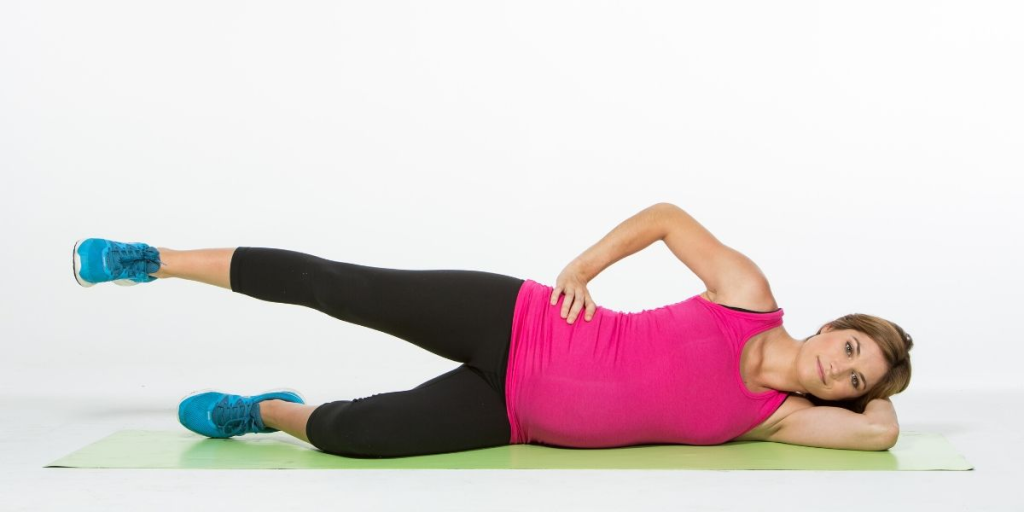
What it does:
Scoliosis often pulls the body unevenly. Side-lying leg lifts strengthen hip abductors, helping to correct asymmetries and balance posture.
How to do it:
- Lie on your side with your legs stacked straight.
- Gently lift the top leg up (no higher than 45 degrees), keeping it straight.
- Lower with control.
Reps: 2 sets of 12–15 reps per side.
Myth Buster:
Myth: “Only kids benefit from scoliosis exercises.”
Truth: Adults can dramatically improve posture, strength, and even pain levels with consistent scoliosis-focused exercise — at any age.
Quick Recap:
| Exercise | Benefits | Frequency |
|---|---|---|
| Wall Angels | Open chest, improve back mobility | 3–4 times/week |
| Bird-Dog | Strengthen core and spine stabilizers | Daily if possible |
| Side-Lying Leg Lifts | Balance hips and improve spinal support | 3–5 times/week |
A Final Word: Posture is Power
The link between posture and confidence is scientifically backed. Standing tall signals your brain to feel stronger, more capable, and more resilient.
When you take just 10 minutes a day to focus on your scoliosis exercises, you’re not just improving your spine’s alignment — you’re reshaping how you show up in the world.
So, are you ready to transform your posture and confidence today?
Commit to these simple, powerful moves, and watch your posture — and your life — lift higher than ever before!
Frequently Asked Questions (FAQs)
How often should I do these scoliosis exercises?
For best results, aim to perform these exercises 3–4 times a week. Consistency is key, but always listen to your body. If you experience any discomfort or pain, consider taking a rest day.
Can these exercises completely fix my scoliosis?
While these exercises help improve posture, reduce pain, and strengthen your spine, they may not completely fix scoliosis, especially in severe cases. They can, however, significantly improve your quality of life and help manage symptoms.
Is it okay to do these exercises if I have mild scoliosis?
Yes! These exercises are designed to benefit individuals with mild to moderate scoliosis. They can help strengthen muscles and reduce imbalances, improving posture and comfort. Always check with your healthcare provider if you’re unsure.
How long will it take to see noticeable results?
Many people notice improvements in posture and pain relief within 30 days of consistent exercise. However, achieving long-term changes in spinal alignment may take several months of dedicated practice.
Should I stop these exercises if I feel pain?
If you feel sharp or severe pain, it’s best to stop and consult a healthcare professional. Mild discomfort can be normal, especially in the beginning, but it should not feel unbearable. Focus on form and technique to prevent injury.
Are there any alternatives if I can’t do these exercises?
If you have difficulty performing these exercises, consider modified versions or consult a physical therapist who can tailor exercises to your needs. In some cases, swimming or gentle yoga can also be beneficial for scoliosis.





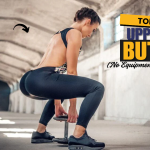
Very good
Very good
Very good